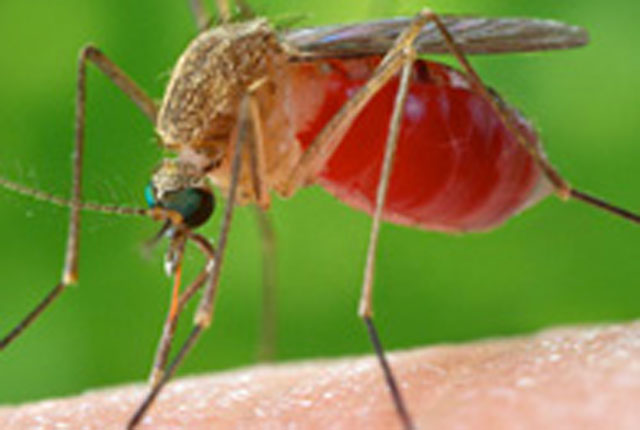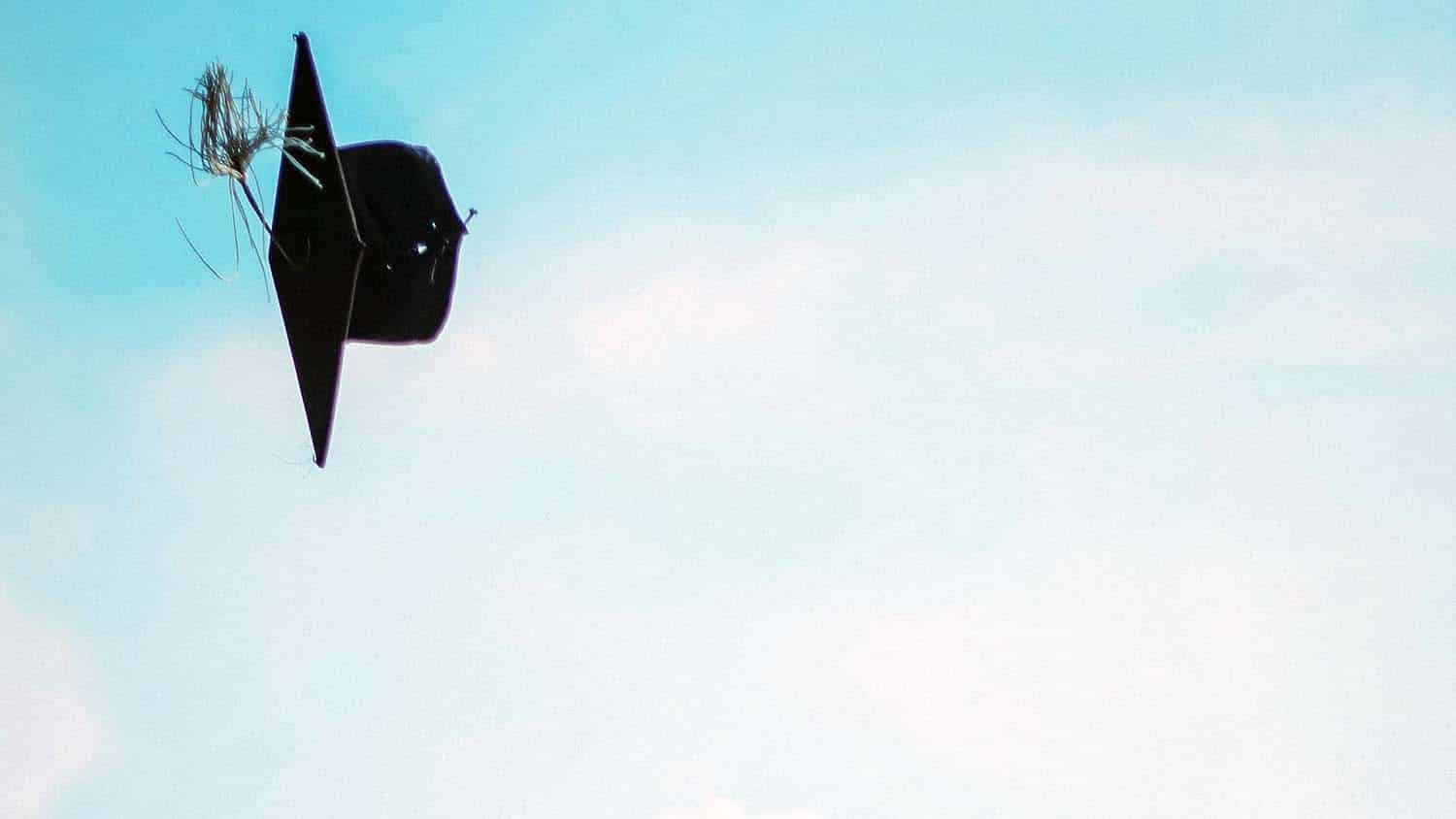Genetically engineered salmon made headlines recently when the Food and Drug Administration cleared it for human consumption, making it the first genetically altered animal so approved.
Dairy cattle with edited genetic codes are also in the news. A tweak to their genes when they were but a single cell in a Petri dish means they will never sprout horns, and won’t have to undergo the painful procedure to remove them.
Debate over whether we should do what we are capable of doing to living things rages on. NC State’s Genetic Engineering and Society Center is in the thick of those discussions, and that’s right where its faculty and students want to be.
“This is not just an issue of biology,” says Professor of Entomology Fred Gould, who co-directs the center. “It’s really a social issue. … You don’t get anywhere with just biology. You need the humanities and social sciences.”

Co-director Jennifer Kuzma, professor of public and international affairs, says when people come together from wide-ranging disciplines such as entomology, genetics, rhetoric, communication, public affairs and ecology, “some really exciting things happen.”
Kuzma, a nationally regarded expert in science and technology policy, and her colleagues are frequently called upon for their perspectives about regulating genetically modified organisms, or GMOs. Most recently, The Scientist asked for her insights where technology outpaces both regulatory authorization and the public’s concerns over any actual or perceived risks to altering the natural process.
“The way these decisions are being made does not seem to have a basis in the level of risk or level of concern,” she said. “We need better clarity. It’s not only confusing to the public who wants to understand this, but also to developers of the products.”
The film included here was created by students in the Department of Communication taking COM 437, Advanced Digital Video.



